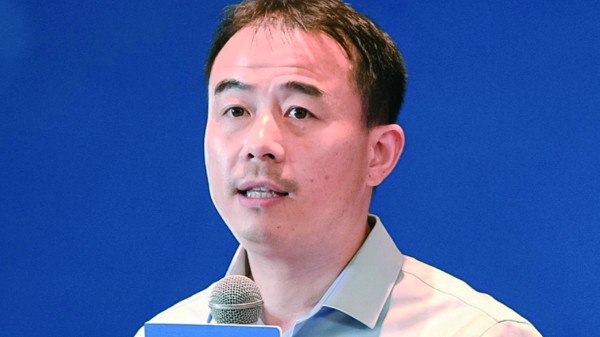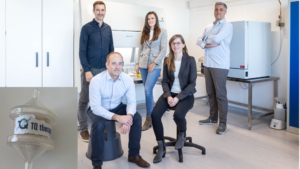
Including China in your global drug development strategy
The pandemic showed us that we need to establish safety and effectiveness across different populations for a universally effective vaccine, including China. And, following Covid-19 development, we noted an instant increase in clinical trials conducted in China. So, why exactly is China an attractive market to consider for drug development strategies?
China’s sheer market size makes it the second-largest market in the world for pharmaceuticals, with a turnover of $232 billion in 2019 and a global share of 17% and only 8% of the 220 newly developed drugs between 2011 and 2017 were available in China.
Including China makes sense
Apart from the size, there is a substantial unmet medical need. This is especially true for oncology, with 55 people dying every 10 minutes from cancer and close to 50% of the global gastric, liver, and oesophageal cancer cases occurring in China. With the world’s largest population of approximately 1.4 billion people, this leaves vast growth potential.
The time is right
The opportunities of the Chinese pharmaceutical market have not gone unnoticed, and the rapid increase of cross-border in-license deals with Chinese biotech firms in recent years is baffling growing from $882m in 2016 to a record $8575m in 2019. We can attribute this increase partly to China joining the ICH in 2016, starting the gradual transformation of its pharmaceutical regulatory framework. These changes currently enable global pharma to include China in their Phase 1 clinical trials, accept overseas clinical trial data, and have improved the approval process for clinical trial applications (CTAs). The ICH offers solutions to reduce the drug lag (5 to 8 years) and avoid unnecessary duplication of clinical studies by providing guidelines for collecting data on dose-response, safety and efficacy, and ethnic differences. Companies can do this either through bridging studies, enabling reliable extrapolation of clinical data between ethnic groups or through multi-regional clinical trials (MRCTs).
Gain insight into China
To enter the market in China, it’s pivotal to gain insight into the pitfalls of including China in your Multi-Regional Clinical Trial. Relatively lengthy approval processes for, e.g., clinical trials, ethics committees, working with genetic materials can all cause significant delays, and an 8 to 12-month duration is not unheard of. As the leading CRO in China, Tigermed supports companies to face these and many other challenges by liaising with the Health Authorities, conducting clinical trials, and sharing insights from years of experience.
China is growing market.
It’s undeniable that China holds a significant promise for future drug development, offering a large patient population with unmet medical needs. The reformed regulatory process, and China joining the ICH in 2016, led to a rapid rise in inclusion in drug development. If you’re also interested in learning more about including the pharmaceutical industry in China and, more specifically, including China in your Clinical Trials Strategy, we cordially invite you to our next webinar. Klick here to register now!
Dr Jiansong Yang is the CSO of Tigermed, the largest clinical CRO in China. He’s also the founder and CEO of Mosim, now a Tigermed company. Dr Yang has over 15 years of experience in the pharmaceutical industry. Prior to Mosim, he was Director of Clinical Pharmacology at GSK.
This article was originally published in Summer Edition European Biotechnology Magazine 2021.


 TQ Therapeutics GmbH
TQ Therapeutics GmbH
 BioNTech SE
BioNTech SE